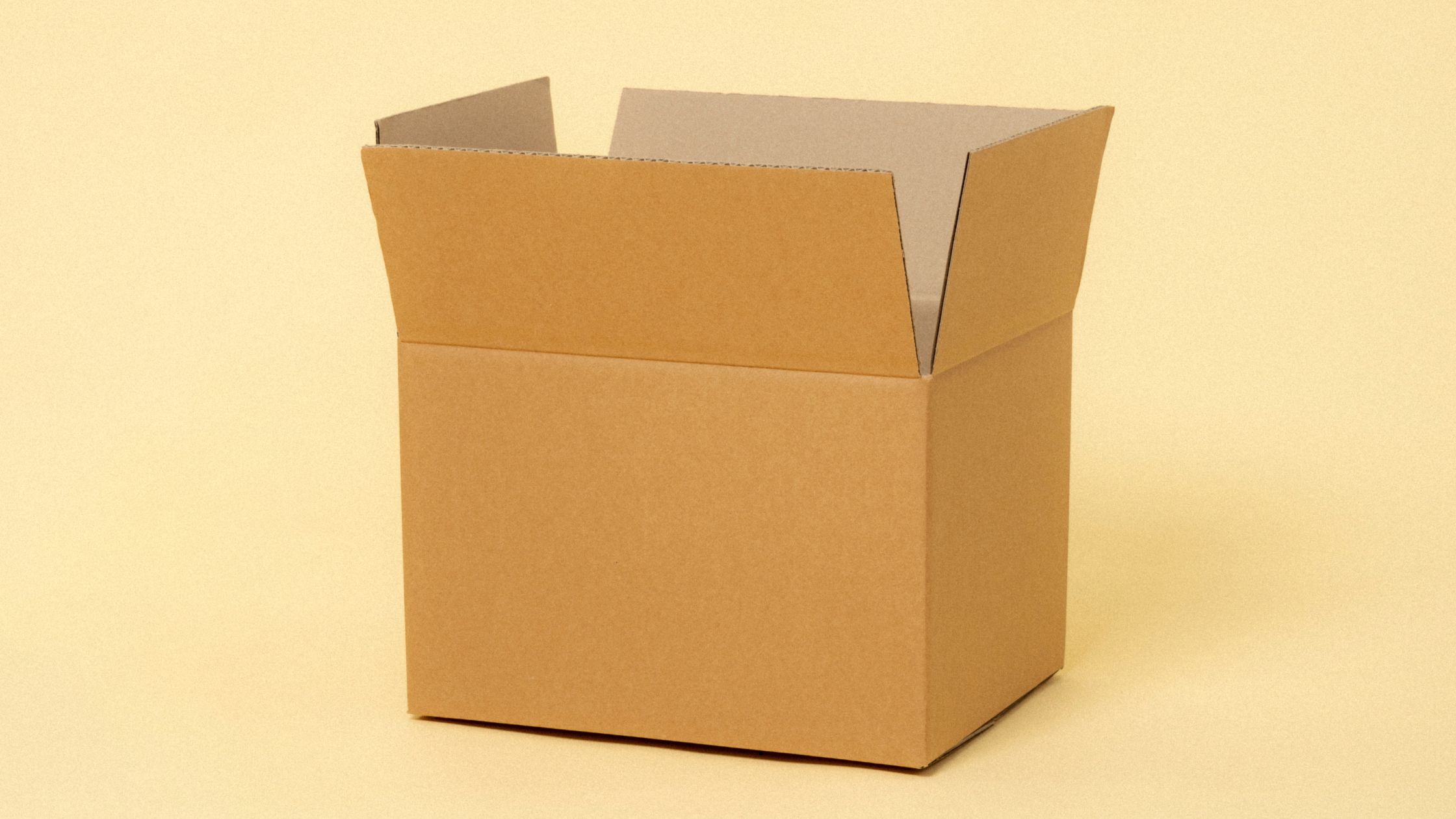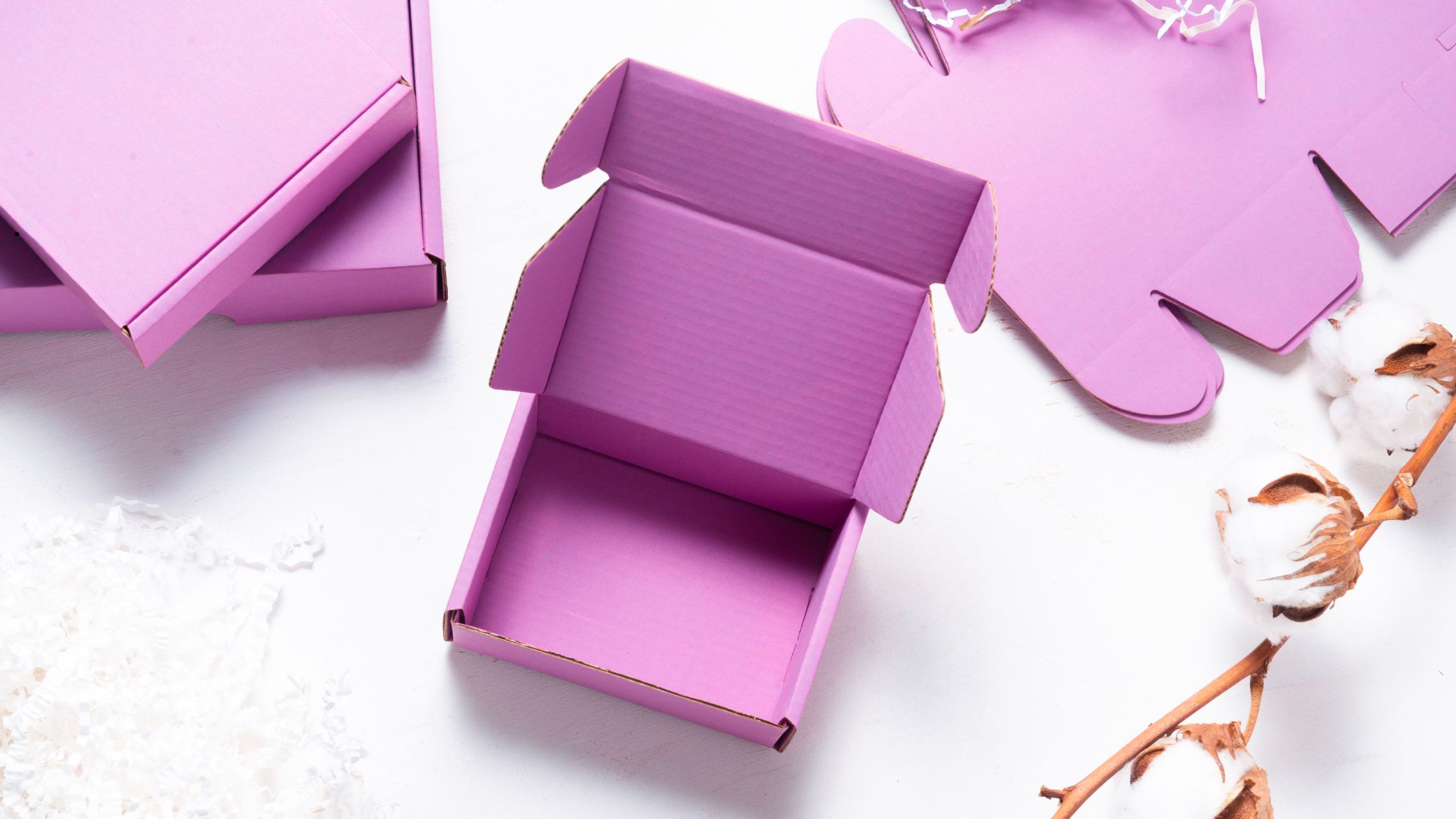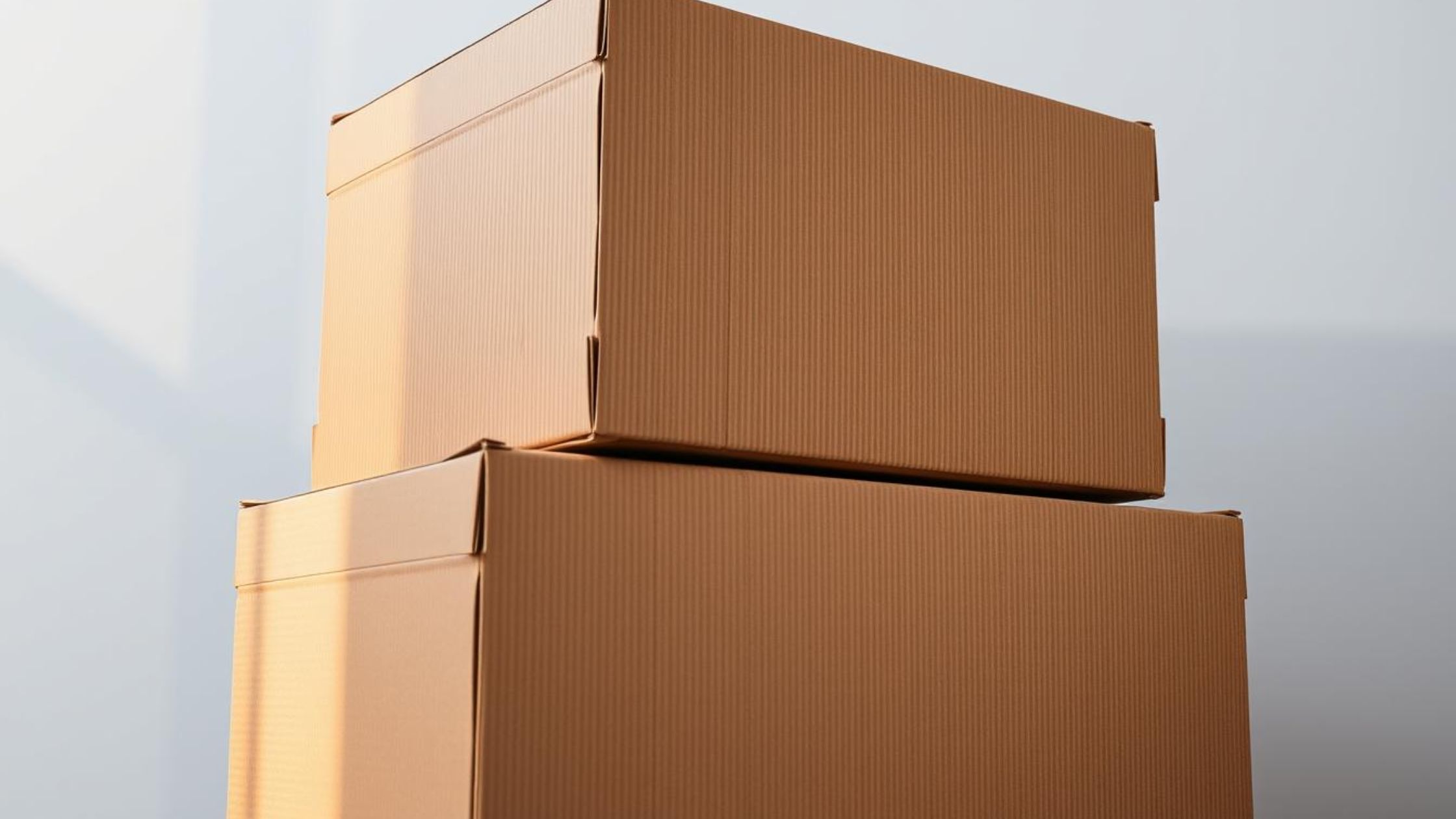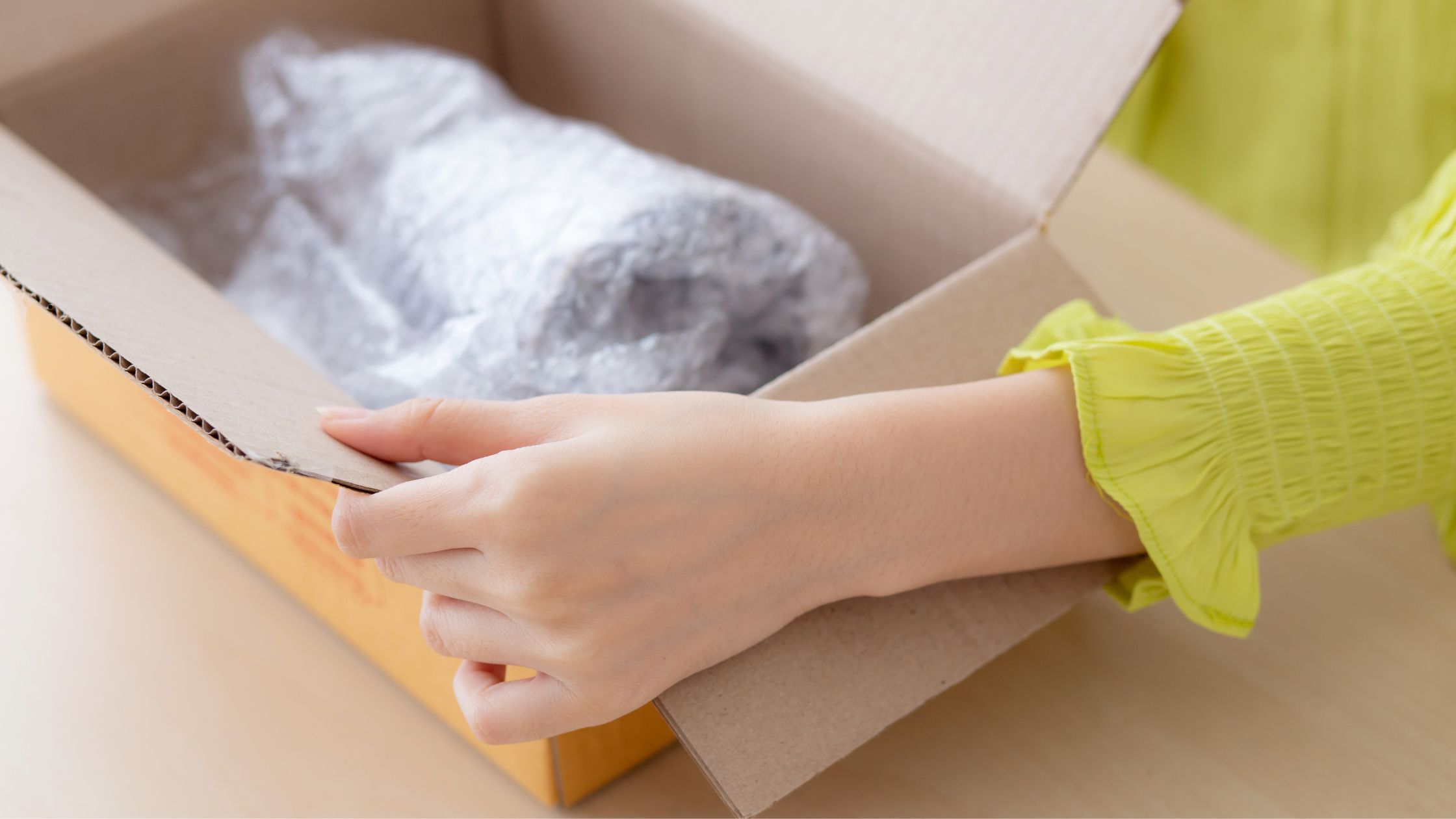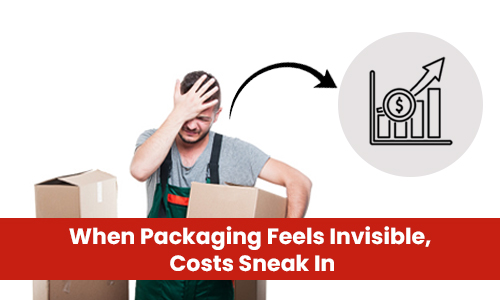
Why Your Packaging Supplier Doesn’t Understand Your Product and What to Do About It
Introduction
A packaging supplier might get your dimensions right. Maybe even the print. But if they miss how your product actually moves. From storage, to pick and pack, to last-mile delivery, everything else falls short.
That disconnect is showing up in real business outcomes. More damaged goods, slower packing times, and inflated shipping costs. According to Packaging Digest, even the most widely accepted distribution tests often fail to reflect the complexities of today’s logistics networks. It is not just about passing a lab test. It is actually about holding up through unpredictable, real-world handling.
That is the gap we are addressing. Here, custom product packaging makes the difference, but only when it is built around a full understanding of how your operations actually run.
This article is a field guide for businesses that need more than a standard box. We will break down where most packaging suppliers lose context, the operational questions they overlook, and how to get packaging that actually supports your product, through every stop in the supply chain.
When Standard Packaging Doesn’t Match a Non-Standard Product
Most packaging is designed to suit predictable, uniform products. But if your item is irregular in shape, fragile in transit, or has specific presentation needs, those standard boxes would not cut it.
You might end up using more void fill than necessary, paying extra in shipping due to wasted space, or seeing higher damage rates during last-mile delivery. And if your product has multiple components, custom packaging sizing becomes even more critical to keep everything protected and neatly organized.
This is where thoughtful packaging makes a real difference. It is not just about placing your item in a packaging box. It is all about designing a fit that supports how the product will be stored, shipped, handled, and ultimately experienced.
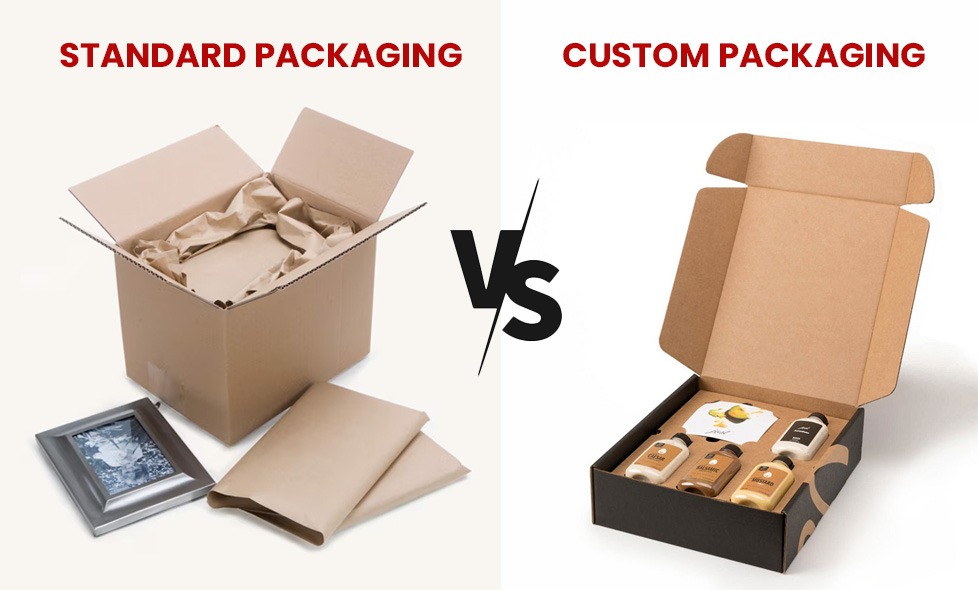
The more unique your product, the more important it becomes to work with a supplier who can design packaging around it, not just around general industry templates.
Why Most Packaging Suppliers Get It Wrong
If you have ever had to explain your product more than once to a packaging rep or received a “custom” packaging box that still needs three layers of tape to seal? You have seen the disconnect firsthand.
Most suppliers miss the mark because they are focused on selling boxes, not solving packaging problems. Here is where the gap usually shows up:
- They Don’t Ask How Your Product is Stored, Picked, or Packed. The result? Boxes that do not fit your shelving or slow down your warehouse workflows.
- They Prioritize Unit Cost Over Total Cost. A cheaper box might look good on paper, but not when it increases shipping weight or damage returns.
- They Offer Limited Sizes and Call it Customization. Pre-cut templates with your logo slapped on will not really work for products that need structural consideration.
- They Skip Testing. Real-world distribution involves vibration, drop, and compression challenges. If a supplier is not familiar with distribution package testing protocols, you are taking the risk, not them.
Smart operations managers look for packaging that adapts to the product, not the other way around. Products like multi-depth corrugated boxes allow for built-in flexibility when handling variable inventory or seasonal volume changes without needing to redesign packaging every quarter.
Packaging Starts with Product Understanding
Most packaging conversations jump straight to box dimensions or printing options. But before size, color, or coating comes one overlooked factor: understanding the product itself.
Just think about it. Your product is not just an item on a shelf. It has weight distribution, surface fragility, storage needs, and a shipping journey that is entirely its own. Without a grasp of these details, packaging is just a guess. And guesses cost money.
For example, imagine shipping a set of temperature-sensitive electronics in a glossy, tight-fit mailer. It might look sleek, but does it protect against static, sudden drops, or fluctuating humidity in long-haul transit? Probably not.
That is where good product packaging design begins: with someone asking the right questions about your product’s lifecycle. Not just what it looks like in a catalog, but how it travels through your system - from warehouse to the doorstep.
Most packaging suppliers in the U.S. miss this step. At best, they offer a “close enough” solution. At worst, they box up your product like it is one-size-fits-all, and you end up paying for it in returns, damage claims, or frustrated customers.
Real packaging support does not just start with a box. It starts with knowing what goes inside it. And your packaging supplier should know that.
Key Questions Your Packaging Supplier Should Ask
Great packaging starts with great questions. If your packaging supplier understands how your product moves, how it is handled, and what it needs to communicate, they can design packaging that works on every level, including functionally, financially, and visually.

What’s the Product’s Lifecycle from Warehouse to Customer?
Think beyond product delivery. A product may pass through multiple touchpoints. Storage racks, pick stations, transport vehicles, and final delivery setups. Packaging that supports this entire journey minimizes damage and maximizes efficiency.
How will it be Stored, Picked, Packed, and Handled?
A packaging box that ships well is not always the one that stores well. Efficient packaging aligns with how your team packs it, how carriers move it, and how customers unbox it. That is where real operational value lies.
Any Design Expectations (Matte, Coated, Inside Print, Unboxing Flow)?
Finishes and visuals are not just about branding. They shape customer perception. If your product packaging box requires a premium feel or a branded unboxing moment, the structure and print choices should reflect that from the start.
What Are Your Cost Sensitivities: Shipping, Damage Risk, Branding?
A smart design balances needs: lighter weight for shipping cost control, strength for protection, and form for presentation. Custom packaging solutions offer flexibility, especially when they are built with your priorities in mind.
Smart Packaging Doesn’t Mean Overspending
Many businesses assume that custom or tailored packaging automatically means higher costs. But in warehousing and distribution, the smarter choice often leads to cost reduction, not escalation, especially when it cuts down on dead space, storage inefficiencies, and dimensional weight charges.
Here is a breakdown of how packaging choices directly impact operational costs:
| Packaging Factor | Cheaper Upfront | Smarter Long-Term |
| Box Size & Fit | Generic sizes that may not match product well | Custom-sized boxes reduce void fill, save warehouse space, and lower DIM weight fees |
| Board Grade (Material) | Lightweight single-wall | Strength-matched board (e.g., E-flute, B-flute) prevents crush damage during transit |
| Print Finish | None or basic outside-only printing | Inside print or matte finish enhances branding and unboxing without structural cost |
| Void Fill Use | Heavy use due to oversized boxes | Minimal fill needed with snug-fit custom packaging |
| Shipping Efficiency | May require double-boxing or reinforcement | Correctly specced boxes ship safer and cheaper as single units |
For example, custom pizza boxes made with the right flute profile, like B-flute for strength or E-flute for a crisper print, can reduce the need for extra padding or inserts. That is not just better protection during delivery; it also means lower material and shipping costs per unit, especially for high-volume food businesses.
You do not have to choose between budget and build. When your packaging is designed for your product and your process, it performs better and costs less over time.
What to Look For in a Real Packaging Partner
A real packaging partner goes beyond basic quoting. They ask the right questions upfront. About storage constraints, SKU mix, pallet configurations, and shipping method variability. Because these factors directly impact structural design, cost, and packaging performance.
They will not just recommend wholesale packaging boxes based on volume. They will recommend formats and board strengths that fit your operational flow. For instance, if your fulfillment setup involves auto-packing or batch assembly, your packaging supplier should suggest dielines optimized for machine folding or low-friction packing.
From reducing material waste with better die-cut layouts to improving pick efficiency with standardized footprints, a competent partner builds your packaging around your internal process, not the other way around. And if they understand the trade-offs between stacking strength and visual branding, you will get a solution that works in both the warehouse and the market.
That is the difference between a vendor and a partner. One quotes what you ask for, the other delivers what your system needs.

Final Take: Better Packaging Starts with Better Questions
If you are still sending out products in packaging boxes that “mostly” work, it is time to pause and rethink. Packaging is all about part of your product experience. It protects what you have built, it speaks to your customer, and it impacts your costs more than most teams realize.
The difference between “okay” packaging and packaging that actually works? It always starts with the right questions. About how your product is stored. How it is picked and packed. How it lands in someone’s hands and what they see first when they open it.
That is why at ucanpack, we don’t just sell boxes. We design around your real-world needs. Whether it is custom sizes, better flute selection, or full-scale wholesale packaging boxes built for speed and consistency, we help you get it right from the start.

